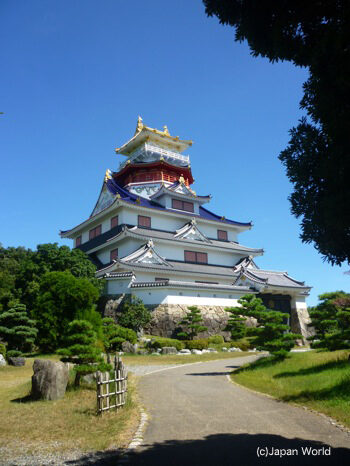Traditional Japanese roof tiles, Kawara are a highly visible and elaborate component of Japanese architecture. They display a technical and artistic sophistication while being highly functional.

Tiles of terracotta and clay were introduced to Japan in the sixth century. The strong tiles could be easily made using locally sourced and readily available clay, they were fireproof and naturally water resistant, an important consideration in a country with heavy snow and rainfall. The downside was that the tiles were heavy, placing stress on the building’s structure, and making it top heavy in times of earthquake.
During the Edo period, the Shogunate ordered all warabuki straw thatched, kayabuki, reed thatched and wooden tile plated homes in Edo (Tokyo) be replaced with kawara tiles in an effort to stem fire danger.
This decree greatly advanced use and tile making skills.

There were two main styles in use. Hongawara-Buki style was created using four main tile pieces, the Hira-gawara, maru-gawara, Hirakarakusa-gawara and Tomoe-gawara. Rows of the slightly convex Hira-gawara tiles had their edges covered by semi-cylindrical cover tiles called Maru-gawara, with Hirakarakusa-gawa, or end cover tiles on the roof’s lower edge, and Tomoe-gawara capping off the rows of Maru-gawara.
Sangawara-Buki style roofs were simpler, being constructed of just two types of tile, the wave-shaped Sangawara, a composite tile with support lug, and the Karakusa-gawara, being the eve edge tile.
The Sangawara-Buki style kawara were developed in the 17th century. They were lighter and easier to make and install.

Both styles often featured the family crest on the rounded edges of the Tomoegawara or the Karakusa-gawara, or on the roof corner peaks featured in Japanese architecture.
Often the functional and decorative tiles were enhanced with additional tiles, such as Oni-gawara, roof peak face end tiles featuring gargoyle like devilish faces, supposed to frighten off evil spirits and protect the home. Similarly, temples, some homes, and most often castle roofs were topped with Shachi-gawara, dolphin like fixtures that were believed to have spouted water in times of fire.
